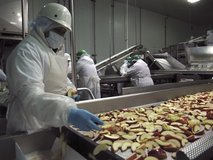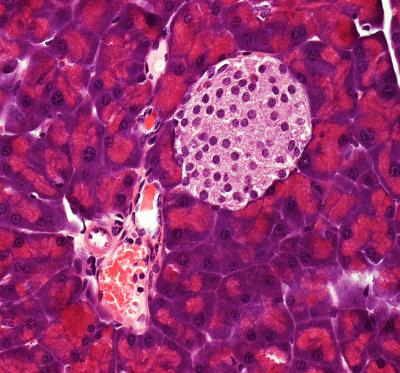
© Associated PressIn this Nov. 19, 2010 photo, a worker sorts through apples at Crunch Pak, an apple slicing company in Cashmere, Washington.
Cashmere, Washington - A Canadian biotechnology company has asked the U.S. to approve a genetically modified apple that won't brown soon after its sliced, saying the improvement could boost sales of apples for snacks, salads and other uses.
U.S. apple growers say it's too soon to know whether they'd be interested in the apple: They need to resolve questions about the apple's quality, the cost of planting and, most importantly, whether people would buy it.
"Genetically modified - that's a bad word in our industry," said Todd Fryhover, president of the apple commission in Washington state, which produces more than half the U.S. crop.
But Neal Carter, president of the company that developed the apples, said the technology would lower the cost of producing fresh slices, which have become a popular addition to children's lunch boxes, and make apples more popular in salads and other quick meals.
Carter's company, Okanagan Specialty Fruits of Summerland, British Columbia, licensed the non-browning technology from Australian researchers who pioneered it in potatoes. Essentially, the genes responsible for producing the enzyme that induces browning have been silenced in the apple variety being marketed as "Arctic."
"They look like apple trees and grow like apple trees and produce apples that look like all other apples and when you cut them, they don't turn brown," Carter said. "The benefit is something that can be identified just about by everybody."


Comment: For more information about the current Humble situation, see this Sott article:
MMS: Miracle Mineral Solution or Trojan Horse? Your Body and DNA Decide